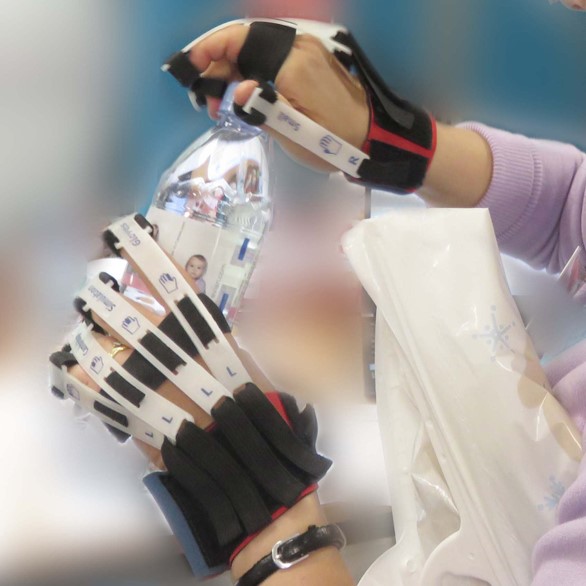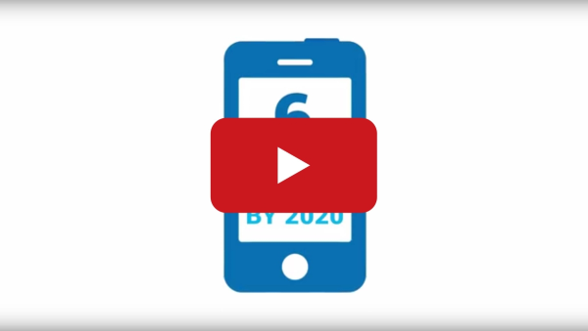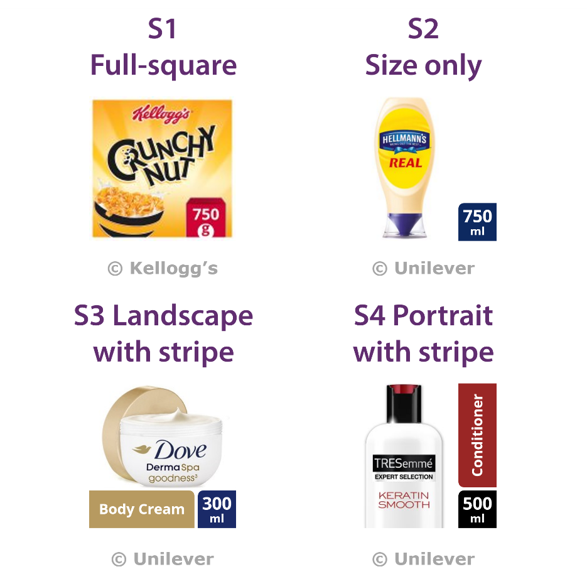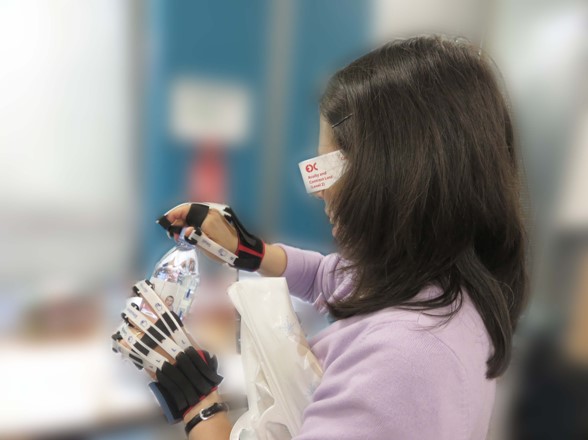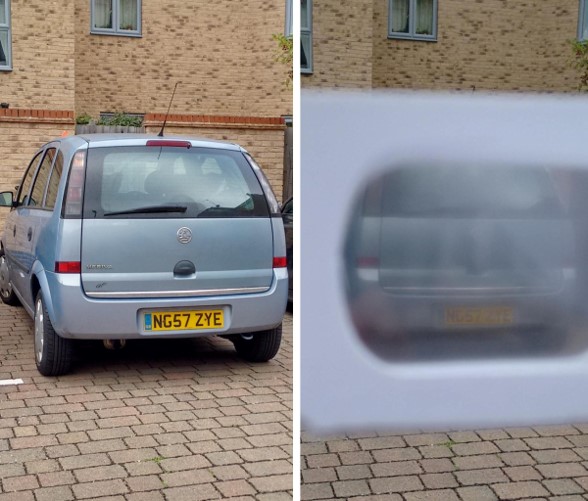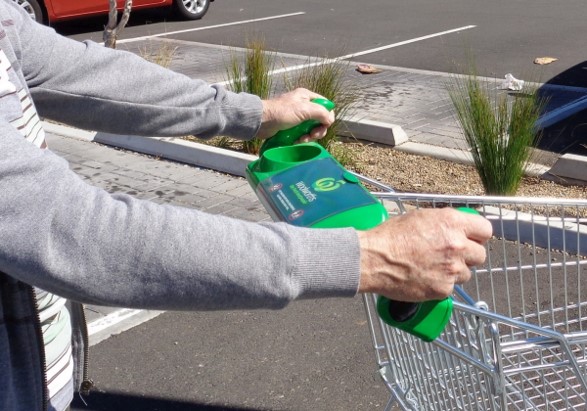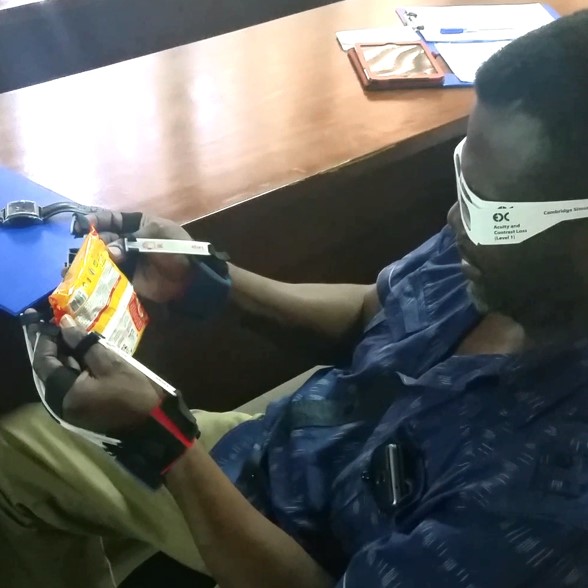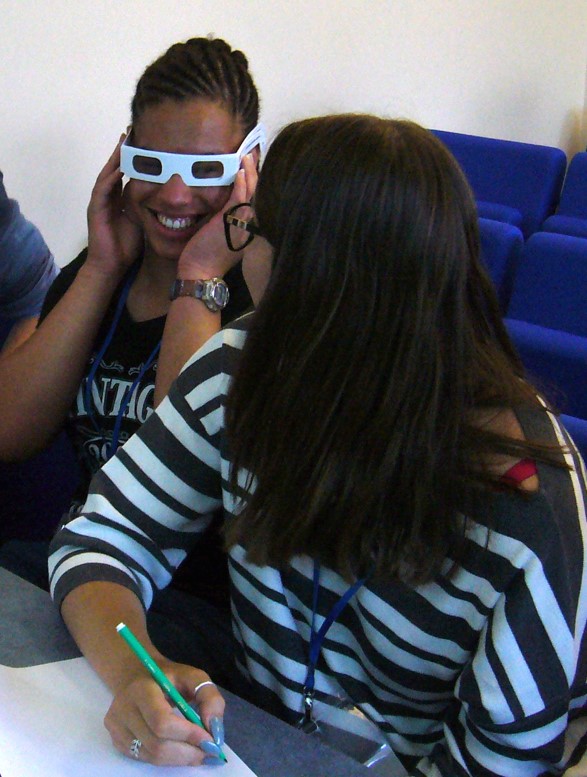Welcome to the second edition of the inclusive design toolkit news bulletin. In this issue, we report on the Inclusive Design Consortium, and our new e-commerce image recommendations.
If you would like to receive this bulletin on a regular basis, or contribute to it, then please fill in the feedback form at the bottom of this page
On this page:
- Unilever and Cambridge develop new e-commerce image recommendations
- Stora Enso assesses packaging at the Inclusive Design Consortium
- Anglia Ruskin University uses simulation glasses to examine visual fitness to drive
- Australian Universal Design Conference discusses ‘Why do inclusive design?’
- Manufacturers’ Association of Nigeria lean about inclusive product design
- Smallpiece’s Biomedical Engineering course engages students with immersion exercises
Unilever and Cambridge develop new e-commerce image recommendations
Research by Unilever has found that shoppers often focus on the image in online shopping and may not read the accompanying caption. Yet conventional packshots have some serious shortcomings, particularly when viewed on mobile devices. It can be hard to recognise the brand when scrolling through the images, and it can be impossible to tell a product’s size, variant or even type from the image alone. This problem is exacerbated for anyone with any reduction in visual ability.
In partnership with Unilever, the Engineering Design Centre, put together a demo video (on YouTube) illustrating the problems with conventional pack shots and demonstrating the potential in improving these images, turning them into Mobile Ready Hero Images. Guidelines for designing these images are freely available from ecommerce.inclusivedesigntoolkit.com, together with templates for creating your own images. In particular, we recommend that off-pack communications are used within the image to supplement a pack shot. These are typically coloured stripes and icons that do not overlay the image, as shown opposite.
Watch this video to see some of the problems with pack shots and the potential of hero images.
Examples of different kinds of Mobile Ready Hero Images. Guidelines for designing these images are freely available from ecommerce.inclusivedesigntoolkit.com.
Stora Enso assesses packaging at the Inclusive Design Consortium
Stora Enso’s Packaging and Paper divisions have been part of an Inclusive Design Consortium led by the Centre for Business Innovation in the UK, together with the University of Cambridge and other private sector members since 2012.
“
The consortium provides valuable engagement with big brand owners on Inclusive Design and it is enabling us to enhance the consumer usability of our packaging solutions and further improve our products ”
The consortium has developed a unique Exclusion Calculator, which estimates the proportion of a population that may have difficulty using a particular product. ‘We are currently enhancing the calculator and tailoring it to specific industry needs, such as enhancing the usability of packaging solutions,’ says Rob Morland, Director of the Inclusive Design Consortium.
A longer press release about this work can be found on Stora Enso’s website.
Anglia Ruskin University uses simulation glasses to examine visual fitness to drive
The visual acuity standards that UK drivers have to meet have changed in recent years. Now drivers have to both read a number plate at 20m, and measure at least 6/12 on a test chart. This can confuse some confusion about whether or not someone is fit to drive.
Researchers from Anglia Ruskin University, Cambridge have used the Glasses to examine how the two tests compare. The glasses were used to simulate the visual deficits produced by cataract, which reduces contrast sensitivity as well as high contrast visual acuity. People wore the glasses and then tried both driving vision tests. The study found that simulated cataract is more likely to affect the ability to read a number plate than to meet the test chart standard (Link to paper).
Based on this research, the researchers have produced practical guidance for optometrists on how to advise patients of their visual fitness to drive given the new standards (Link to paper).
This work was conducted by Dr Keziah, Dr Sheila Rae and Maria Foteini Katsou, from the Department of Vision & Hearing Sciences and the Vision & Eye Research Unit, Anglia Ruskin University, Cambridge. For further information please contact Keziah.latham@anglia.ac.uk.
Australian Universal Design Conference discusses ‘Why do inclusive design?’
The short answer is that it makes good business sense (as discussed in the Toolkit in Why do inclusive design?). But are economic arguments getting the hearing they deserve?
A panel of four speakers discussed the economics of inclusion at the recent Australian Universal Design Conference. Parliamentarian, The Hon Kelly Vincent, posed the question: what does it cost NOT to include people with disability? She argued that law and policy makers often think of inclusion as an added extra and therefore as a cost burden. This view does not take into account the costs of keeping people dependent on others or on the public purse. She gave several examples of how the cost is shifted to other sections of the budget and therefore hidden.
Ms Ro Coroneos, a representative from a major property developer, outlined the push within the company to embrace more than just compliance with building codes and to go one step further to universal design. In the process they produced a handbook, Design for Dignity (pdf), which is used to educate the company’s design professionals.
As a marketing professional, Ms Sally Coddington cannot believe that so many businesses are yet to realise the size of the market. She reasoned that one third of families have a member with a disability. Furthermore, 70% like to socialise with friends and family at least once a week; 40% eat at restaurants and 23% go to retail outlets at least once a week with family and friends. If a business is physically inaccessible or staff attitudes are unhelpful, they will all go elsewhere. As an example of some businesses getting on board with this significant demographic, Ms Coddington highlighted new supermarket trolleys with handles that give you two types of grip to choose from, plus a cup holder.
Public event manager Mr Paul Nunnari explained that, while people with disability are statistically some of the poorest in Australia, not all are penniless, and not all relatives and friends are poor. Vivid Sydney is a winter event that was specifically devised to bring visitors to Sydney in the off season to give a boost to business. Mr Nunnari added that being inclusive of the whole population was essential as people with disability are quick to post failures on social media and business reputations can suffer as a result.
All agreed at the end of the session that economic arguments are still finding difficulty in getting through to the people who have the power to change things.
Manufacturers’ Association of Nigeria learn about inclusive product design
In June 2016, Duergo Limited ran a workshop with participants from the Manufacturers Association of Nigeria (MAN). They used the Cambridge Simulation Gloves and Glasses to audit a range of mainstream products. Several presentations provided a good background about the need for inclusive designs. However, the highlight of the workshop was the simulation of capability loss (empathic modelling) with the Cambridge gloves and glasses. This got all the participants thinking and appreciating the relevance of considering capability losses in product designs.
Participants experienced several challenges in carrying out basic tasks while accessing products during the workshop. In particular, packs of noodles and a jar of organic spice were assessed and evaluated. Participants did not enjoy opening the packages with the simulation gloves, as they were unable get a grip when opening the sachet and the seal on the jar. In addition, participants found it difficult to read instructions on products while wearing the simulation glasses. The experiences of these challenges spurred suggestions and recommendations for reengineering.
“
Now, I see disability in new light ”
Smallpeice’s Biomedical Engineering course engages students with immersion exercises
In August 2016, Designability used the Cambridge Simulation Gloves and Glasses to support a Design and Make class as part of Smallpeice’s Biomedical Engineering course. This course is aimed as students aged 15-16 who are interested in pursuing careers around engineering and medicine.
Jess Ridgers and Rob Hanson from Designability set their two groups the open brief of designing a product to promote independence by helping someone living with a disability to carry out an everyday task. On the first day, they used the simulation gloves and glasses to give the students some insight into what it may feel like to live with various health conditions. They did a quick immersion exercise, asking students to try some everyday tasks such as writing, un-doing a jar lid and picking up objects, while wearing the gloves and then again, with the glasses. This allowed them to map out some of the difficulties and opportunities associated with these conditions, helping them to formulate concept designs that may make life easier and promote independence. The students then had a few hours over the following days to develop their concepts, decide upon the best concept and refine it.
One group came up with the concept of a garden trolley, targeted at older users or persons living with limited mobility through conditions such as arthritis. The Garden Buddy would allow a person to garden independently by providing support for mobility, a raised platform with a drawer for storage and all-terrain wheels for easy navigation. The other group came up with the concept of Fire Band, a unique wrist band which would warn a deaf person if there was a fire or carbon monoxide risk nearby by vibrating and setting off a visual cue to ‘get out’ of the house.
“
The gloves helped us to understand the difficulties that someone with arthritis may face day-to-day such as reduced grip strength and flexibility in their hands ”
“
The glasses gave our students insight into what it’s like to live with a visual impairment. They each had the opportunity to wear the glasses and try out tasks such as writing. The empathy this task gave the students allowed them to think more from the user’s perspective and to consider various types of disability when designing for inclusivity ”
Designability are a national charity who specialise in the design and development of products and technology for people living with various health conditions. Working with people throughout the design process, Designability have a passion for understanding real user needs and translating these into effective design solutions. Please visit www.Designability.org.uk or contact Jess at JessRidgers@designability.org.uk to find out more.
Feedback
We would welcome your feedback on this page:
Privacy policy. If your feedback comments warrant follow-up communication, we will send you an email using the details you have provided. Feedback comments are anonymized and then stored on our file server. If you select the option to receive or contribute to the news bulletin, we will store your name and email address on our file server for the purposes of managing your subscription. You can unsubscribe and have your details deleted at any time, by using our Unsubscribe form. If you select the option to receive an activation code, we will store your name and email address on our fileserver indefinitely. This information will only be used to contact you for the specific purpose that you have indicated; it will not be shared. We use this personal information with your consent, which you can withdraw at any time.
Read more about how we use your personal data. Any e-mails that are sent or received are stored on our mail server for up to 24 months.


